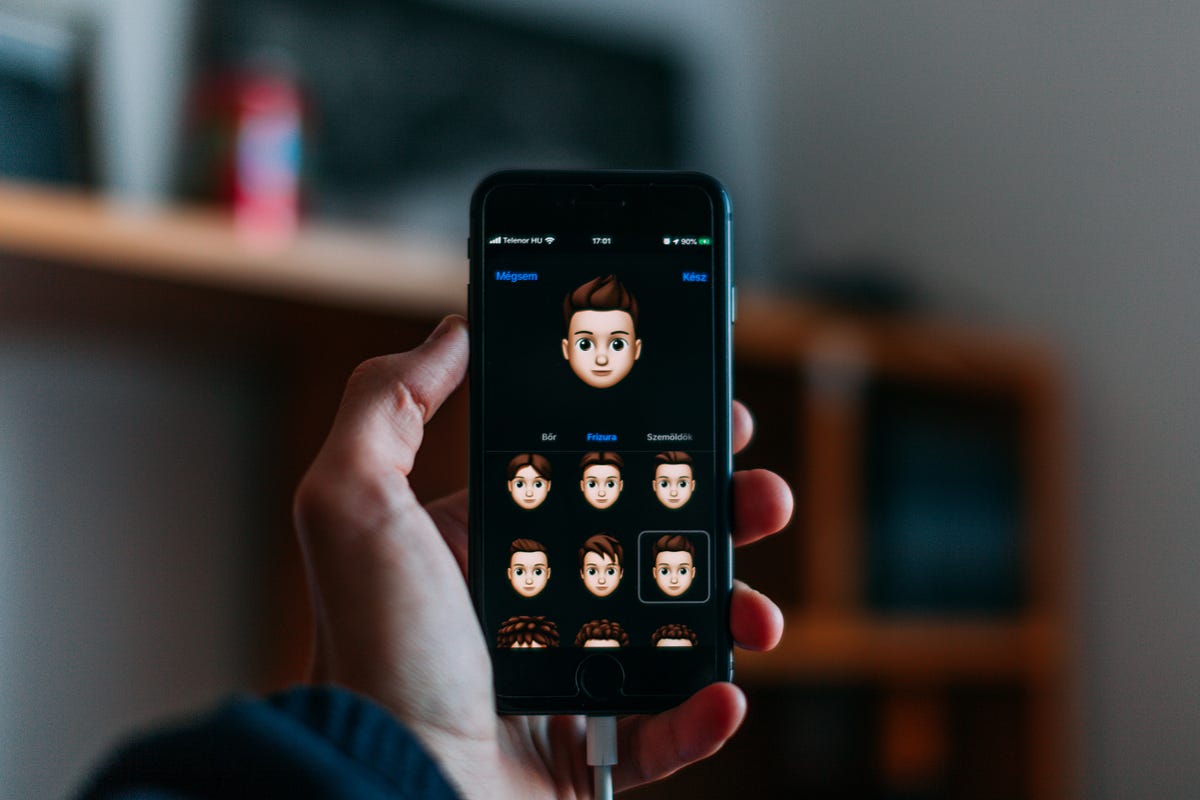
Emojify – Create your emoji with Deep Learning
By Udit Agarwal

Emojify is a project that uses Deep Learning to create an emoji that matches the meaning of a given sentence. Emojis are essential to communication, especially in today’s world of social media and instant messaging. They help us express emotions and convey meaning more effectively and engagingly. However, with thousands of different emojis available, finding the right one that perfectly matches the intended message can be challenging. That’s where Emojify comes in.
Emojify uses a neural network to train a model that can generate an appropriate emoji for a given sentence. The model undergoes training on a dataset of text and corresponding emojis, and it learns to associate certain words and phrases with specific emojis. Once trained, the model can generate an appropriate emoji for any sentence.
Steps in Creating Emojify
Creating an Emojify application involves several key steps that combine natural language processing (NLP) and computer vision techniques. Emojify is a fun and engaging application that converts text input into relevant emojis. Let’s explore the steps involved in creating Emojify.
Data Collection:
The first step is to gather a dataset that includes pairs of text and corresponding emojis. This dataset will serve as the training data for the Emojify model. The dataset collected from various sources, including social media platforms, online forums, or existing emoji datasets.
Preprocessing the Data:
After the collection of dataset, it needs pre-processing to clean and prepare the text. This involves removing any unnecessary characters, normalizing the text by converting it to lowercase, and handling any special cases or abbreviations commonly found in social media text.
Text Tokenization:
The preprocessed text, will then tokenized, which involves breaking down the text into individual words or tokens. Tokenization helps in representing the text in a format that the machine learning model can understand and process.

Word Embeddings:
Word embeddings helps to enable the Emojify model to understand the meaning and context of words. It represent words as dense vectors in a high-dimensional space, capturing semantic relationships between words.
Building the Emojify Model:
The next step is to design and train a machine learning model for the Emojify application. The model being built using deep learning architectures like recurrent neural networks (RNNs), long short-term memory (LSTM) networks, or transformer-based models like BERT (Bidirectional Encoder Representations from Transformers). The model takes the tokenized text as input and predicts the appropriate emoji based on the text’s meaning and context.
Training the Model:
Using the preprocessed and tokenized data, the Emojify model will going to trained on the collected dataset. The model learns the relationship between the input text and the corresponding emojis. The training process involves optimizing the model’s parameters using gradient descent and backpropagation algorithms to minimize the prediction errors.
Evaluation and Fine-tuning:
After training, the model is evaluated on a separate test dataset to assess its performance. Metrics such as accuracy, precision, recall, and F1-score are computed to measure the model’s effectiveness in predicting the correct emojis. Based on the evaluation results, the model can be fine-tuned by adjusting hyperparameters, changing the architecture, or incorporating regularization techniques to improve its performance.
Deployment and User Interface:
After evaluating the Emojify model, it can be easily deployed as an application with a user interface. The user interface allows users to enter text, and the model processes the input and generates the corresponding emojis. The application developed using web technologies, mobile platforms, or integrated into messaging platforms.
Testing and Iteration:
Before releasing the Emojify application, thorough testing is essential to ensure its functionality, performance, and user experience. Testing involves running the application with various input texts to validate its accuracy and robustness. User feedback and testing results guide further iterations and improvements to enhance the application’s performance.
Continuous Improvement:
Once the user uses the Emojify application, it is important to collect user feedback and monitor its performance. This feedback can help to improve the application, refine the model, and add new features or capabilities.
Bottom Line
In conclusion, Emojify is an exciting project that demonstrates the potential of Deep Learning to enhance communication and make it more engaging and expressive. Through ongoing research and development, it has the potential to become an invaluable tool for a wide range of applications.